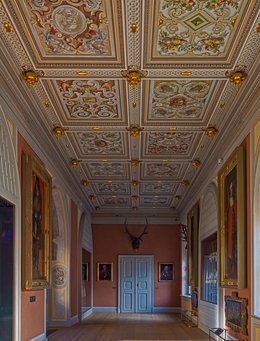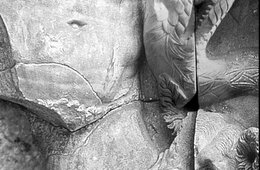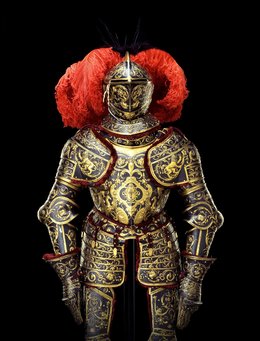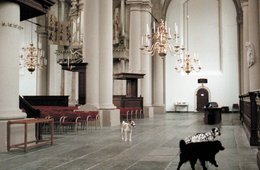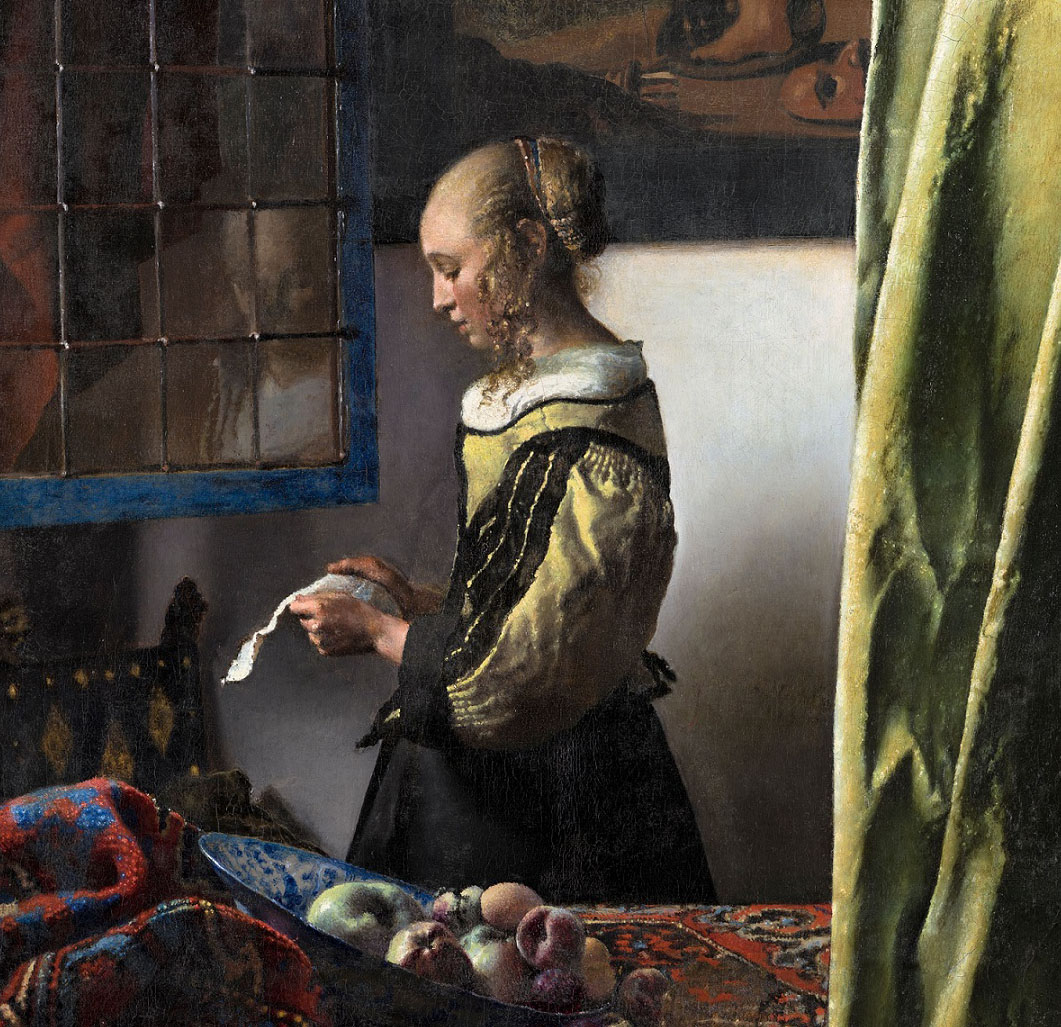Das gezeigte Werk
Moorman transforms the bomb, which announces destruction, into a creative object that ultimately becomes a work of art itself. When the artist uses her body, places the bomb between her legs to make music and grips it, the fragile human body merges with the explosive weapon. When we walk around the work ourselves and scan the surface with our eyes, our awe at the destructive potential of the weapon may turn into amazement at its objectivity. In this way, the murderous banality of weapons once again becomes tangible. With her work, Moorman criticised the militarisation of society. She had a decisive influence on the art scene of her time through her close collaboration with artists such as John Cage and Nam June Paik. Together they vehemently questioned the valid boundary between artistic and non-artistic expression – in the visual arts as well as in music.

